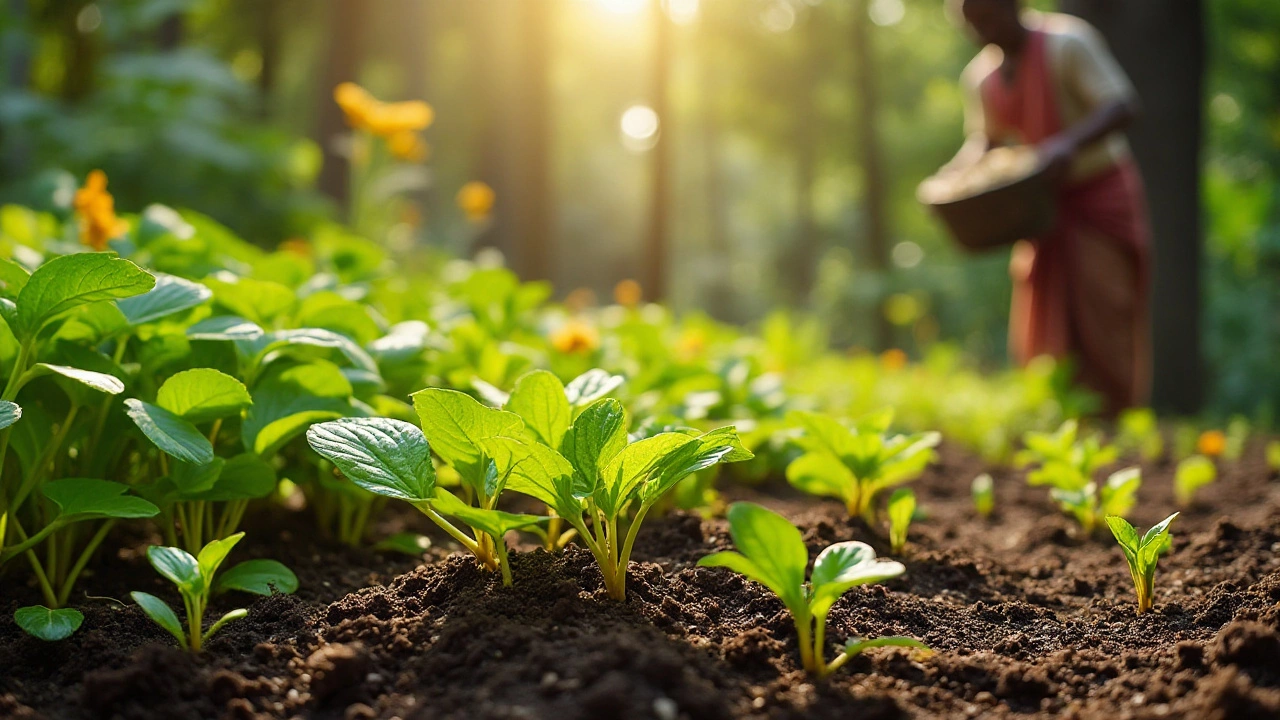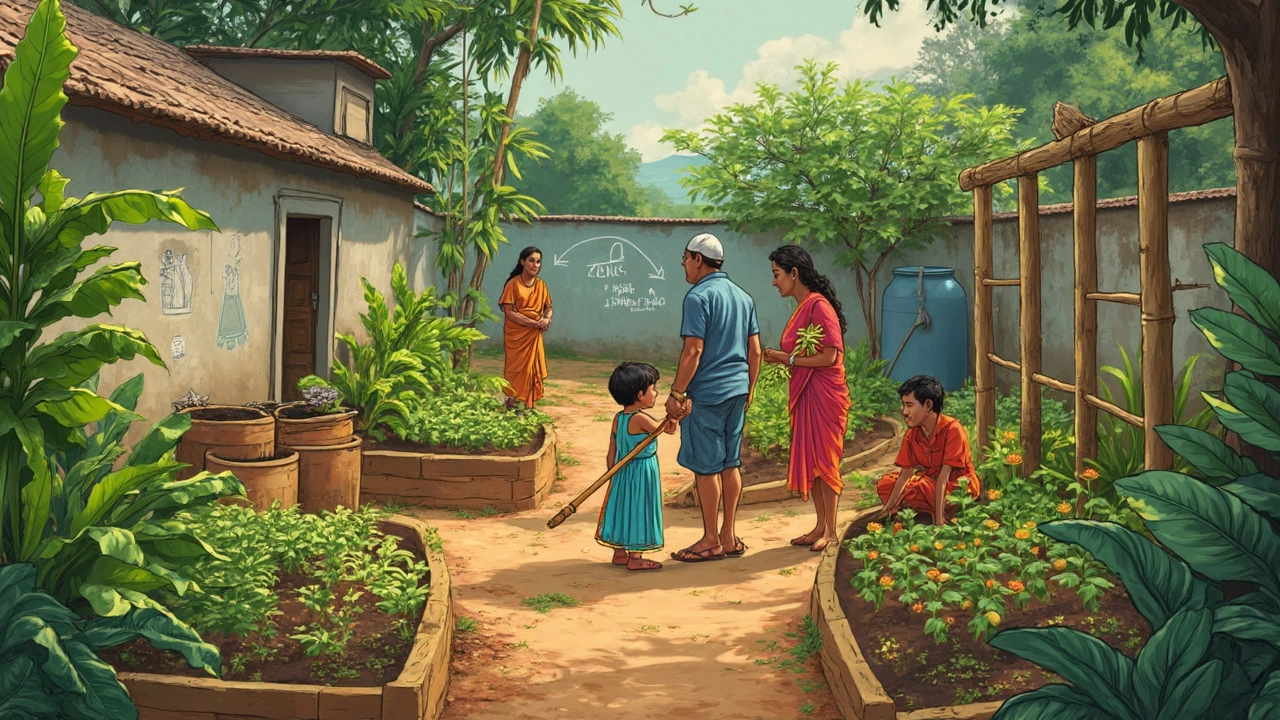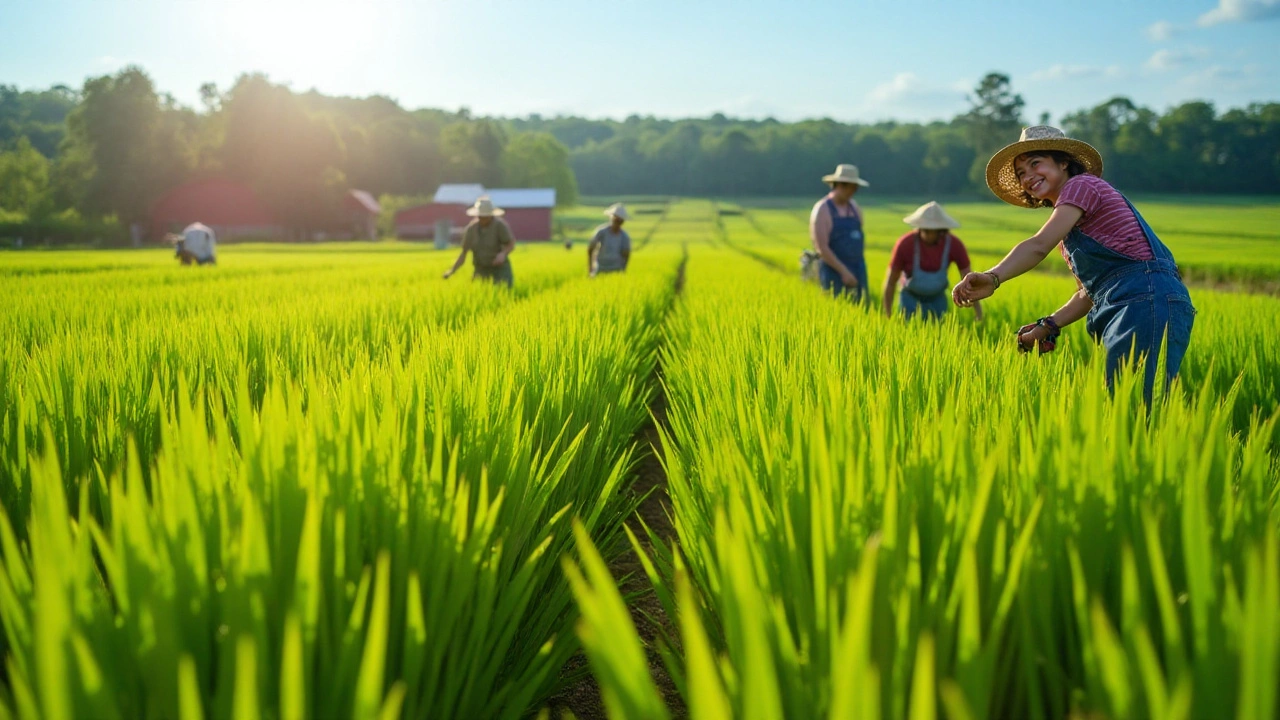Blueberries: Growing, Using, and the Bigger Picture
When you hear blueberries, a small, antioxidant‑rich fruit that thrives in acidic soil and cool climates. Also known as wild berries, they are a favorite for fresh snacks, baking, and health drinks. Blueberries fit neatly into both home gardening and commercial agriculture, making them a key player in sustainable food systems.
One practical way to grow them at home is through a container garden, which lets you control soil mix, drainage, and placement. A well‑filled container offers the acidic, loose medium blueberries love, and it limits root spread so you can keep plants tidy on a balcony or patio. When you test soil moisture with a finger or a simple probe, you’ll see that container gardens need regular checks but not daily watering—overwatering can drown the roots. This method also lets you move plants into shade during the hottest months, protecting the fruit’s flavor.
When you move from manual watering to a drip irrigation system, you get even more consistency. Drip lines deliver water straight to the root zone, reducing evaporation and keeping the soil evenly moist—exactly what blueberries demand. Studies from local research stations show that drip‑fed blueberry bushes produce up to 20% more berries compared to overhead sprinklers. The system also pairs well with mulch, cutting weed growth and retaining moisture longer, a combo that many no‑till gardeners swear by.
Beyond the garden, blueberries earn a spot in the zero waste fruit category. The whole berry, skin and all, is edible, meaning little goes to the trash. When you blend the fruit into smoothies, bake it into pies, or dry it for snacks, you’re using 100% of the product. This aligns with the growing demand for sustainable packaging, where the plastics industry is shifting toward bio‑based resins that can safely contain fresh produce. In 2025, recycled PET (rPET) bottles are becoming the go‑to choice for berry juices, cutting down on virgin plastic use while keeping the fruit fresh.
Speaking of plastics, the 2025 market data shows a surge in demand for recycled materials like rPET and rHDPE, which are now common in agricultural packaging. This trend ties back to blueberries because growers need reliable, food‑grade containers for transport. The steel industry also plays a role: stainless steel troughs and frames support large‑scale blueberry farms, offering durability and corrosion resistance. When these manufacturing sectors adopt greener practices, the entire blueberry supply chain benefits, from farm to fork.
All these pieces—container gardening, drip irrigation, zero‑waste use, and sustainable packaging—form a network that boosts blueberry quality and reduces environmental impact. Whether you’re a city dweller with a balcony setup or a farmer looking to upgrade your processing line, understanding these connections helps you make smarter choices. Below, you’ll find practical guides that dive deeper into watering schedules, soil health hacks, and the latest packaging innovations, giving you the tools to grow, enjoy, and share blueberries responsibly.
Growing Blueberries on Your Apartment Balcony: A Practical Guide
If you've ever dreamed about picking fresh blueberries right from your balcony, you're in luck. Growing blueberries in a limited space is totally doable with the right approach. This article explores practical tips and methods for cultivating blueberries in containers right on your balcony. From selecting the right variety to ensuring the best soil conditions, you'll find everything you need to start your own small blueberry haven. The amazing benefits, such as adding a natural touch to your urban living space, are just a bonus.
- manufacturing
- India
- food processing
- garden tips
- rice cultivation
- government schemes
- balcony garden
- urban gardening
- balcony gardening
- profitable business
- business ideas
- plastic manufacturing
- drip irrigation
- plant care
- steel manufacturing
- sustainable gardening
- startup ideas
- steel industry
- flower gardening
- textile manufacturers






